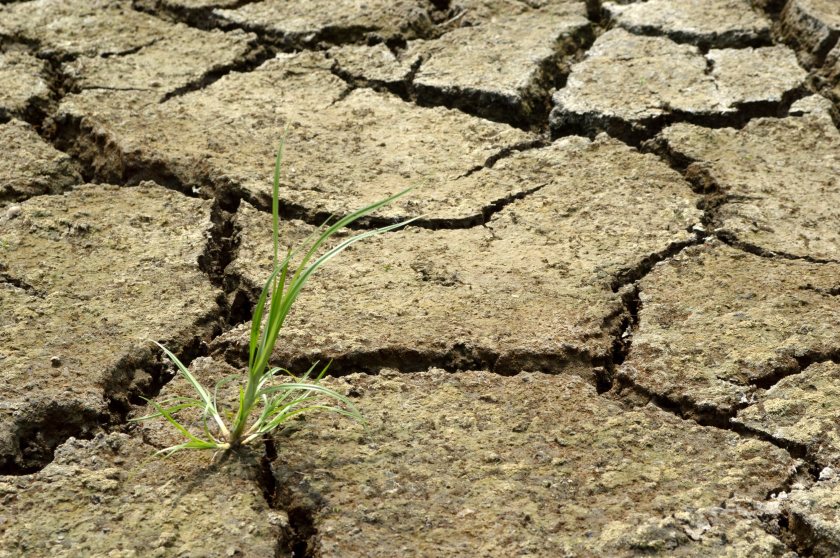
Drought planning is being stepped up amid the potential for the hottest June on record, as the farming sector continues to work to improve drought resilience.
At the most recent meeting of the National Drought Group (NDG), experts highlighted a decline in reservoir and groundwater levels in parts of England.
The NDG - made up of senior decision-makers from the Environment Agency, government and key farming groups - met to discuss the current situation across England and action being taken to ensure there is a plentiful water supply over the coming months.
The driest February in 30 years was recorded across the UK, followed by the wettest March in 40 years, and June is set to be the hottest on record.
NDG members heard that the farming sector is working to improve drought resilience, to ensure water availability for the short and long term, helping overall food security.
It follows the government recently unveiling its Plan for Water, including a further £10 million through the Water Management Grant to fund on-farm reservoirs.
At yesterday's meeting, NDG members heard that the Environment Agency would extend its use of technology, such as eAlerts, to share abstraction notices with farmers more quickly.
This technology is currently used by six Environment Agency operational areas and will be rolled out across the country.
Meanwhile, satellite data will be used to assess the moisture content of crops and soil, which can be compared with any irrigation restrictions in the area.
This may indicate whether or not abstractors are working within their licence conditions and assist the Environment Agency with compliance checks.
Simon Hawkins, chair of the NDG and director operations South East at the Environment Agency, said the group would continue to work with farmers to manage resources.
He said: “The recent heatwave has served as a reminder that we need to prepare for weather extremes and act now to ensure resilient water supplies.
“The Environment Agency, water companies and partners are working to handle drought risk; with our staff managing abstraction licences to balance need, ensuring water companies implement their drought plans, working with farmers to manage resources, and rescuing fish in areas where river levels are extremely low.
“We all have a role in easing pressures on our precious water supply to protect the environment, our wildlife and ensure clean and plentiful water for future generations.”
As of Tuesday 20 June, total reservoir stocks for England are at 83% of their total capacity, the meeting heard, following a mix of exceptionally wet or very dry months.
However, Devon, Cornwall and parts of East Anglia are still suffering from drought despite average rainfall earlier this year.
In August last year, South West Water implemented a temporary use ban for most of Devon and Cornwall which remains in place.
Moreover, South East Water implemented a temporary use ban in Sussex and Kent on Monday 26 June 2023, following an increased demand for water due to hot weather.
The NDG meeting heard that environmental pressures are also being felt in the Lake District and North East.
In the Lake District, Haweswater and Thirlmere saw a decrease of 13% in reservoir stocks between the end of April and end of May 2023.
In the North East, the Teesdale reservoir group saw a 13% drop over this time.
